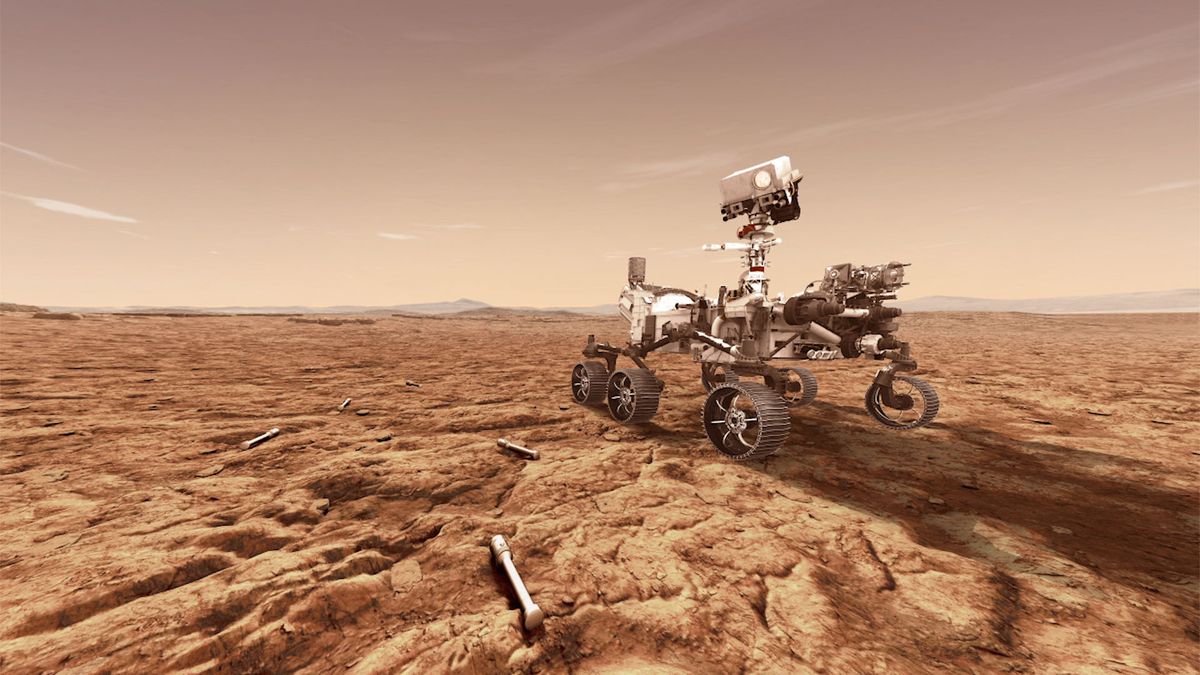In August, NASA’s Perseverance Mars rover embarked on its fifth and most ambitious science campaign to date, tackling the steep western rim of Jezero Crater.
This campaign focuses on climbing the crater’s challenging terrain, collecting samples, and searching for signs of ancient microbial life. Perseverance is expected to reach the rim's summit, a site called “Lookout Hill,” by early December.
The ascent has proven more difficult than anticipated. The terrain consists of loose dust and sand with brittle crusts, which have caused significant slippage and slowed the rover’s progress. On many occasions, Perseverance covered only half the distance it would typically achieve on less slippery ground. In one instance, the rover managed just 20% of the planned route due to steep and slick conditions. Unlike previous Mars rovers such as Curiosity, Opportunity, and Spirit, Perseverance is navigating the combined challenges of steep and slippery terrain on an unprecedented scale.
“Mars rovers have driven over steeper terrain, and they’ve driven over more slippery terrain, but this is the first time one had to handle both — and on this scale. For every two steps forward Perseverance takes, we were taking at least one step back. The rover planners saw this was trending toward a long, hard slog, so we got together to think up some options,” explained Camden Miller, a rover route planner at NASA’s Jet Propulsion Laboratory (JPL).
To counteract the slippage, the team tested innovative strategies, including driving backward to improve traction, navigating cross-slopes, and steering toward the northern edge of the crater where larger surface rocks provide better grip. These adjustments have significantly improved the rover’s ability to climb. The northern route has become the preferred path, though the team remains flexible as conditions may necessitate further changes.
Once Perseverance reaches Lookout Hill, it will continue traveling another 450 meters to “Witch Hazel Hill.” Data from orbital spacecraft suggest this area contains light-toned layered bedrock, similar to a previous location called “Bright Angel,” which the rover studied earlier in its mission. These areas are of high scientific interest due to their potential to reveal more about Mars’s geological history.
Throughout its journey, Perseverance has been actively collecting and depositing samples from the Martian surface. These samples are stored in specialized tubes—43 in total—including 31 designated for primary samples and additional tubes designed to capture environmental contaminants. So far, Perseverance has filled 24 sample tubes, along with an atmospheric sample and three “witness” tubes. As the mission progresses, the remaining 11 empty tubes are being carefully managed to ensure optimal use.
Recently, NASA decided to retire two of the empty sample tubes due to their location on the rover, which posed a potential risk to its internal robotic arm. A wire harness could have interfered with the arm while accessing these tubes, leading to the decision to prioritize safety.
As Perseverance nears the end of its fifth science campaign, the focus will soon shift to preparing for the sixth phase of exploration. Despite the challenges, the mission has made substantial progress in collecting critical data and advancing our understanding of Mars. Each step brings us closer to uncovering the planet’s secrets and preparing for future missions to retrieve the collected samples.


